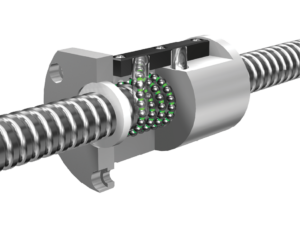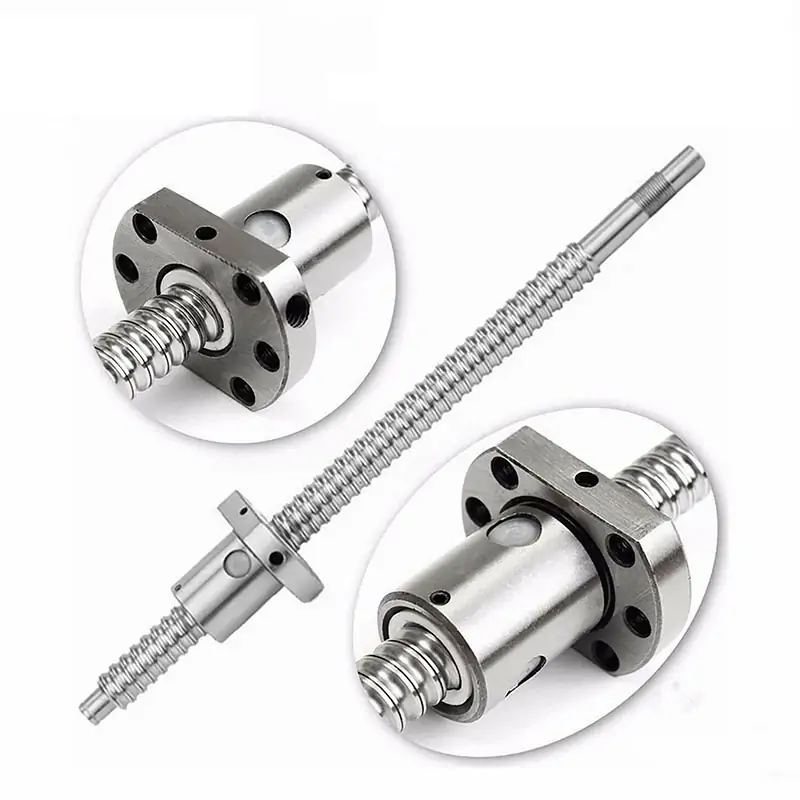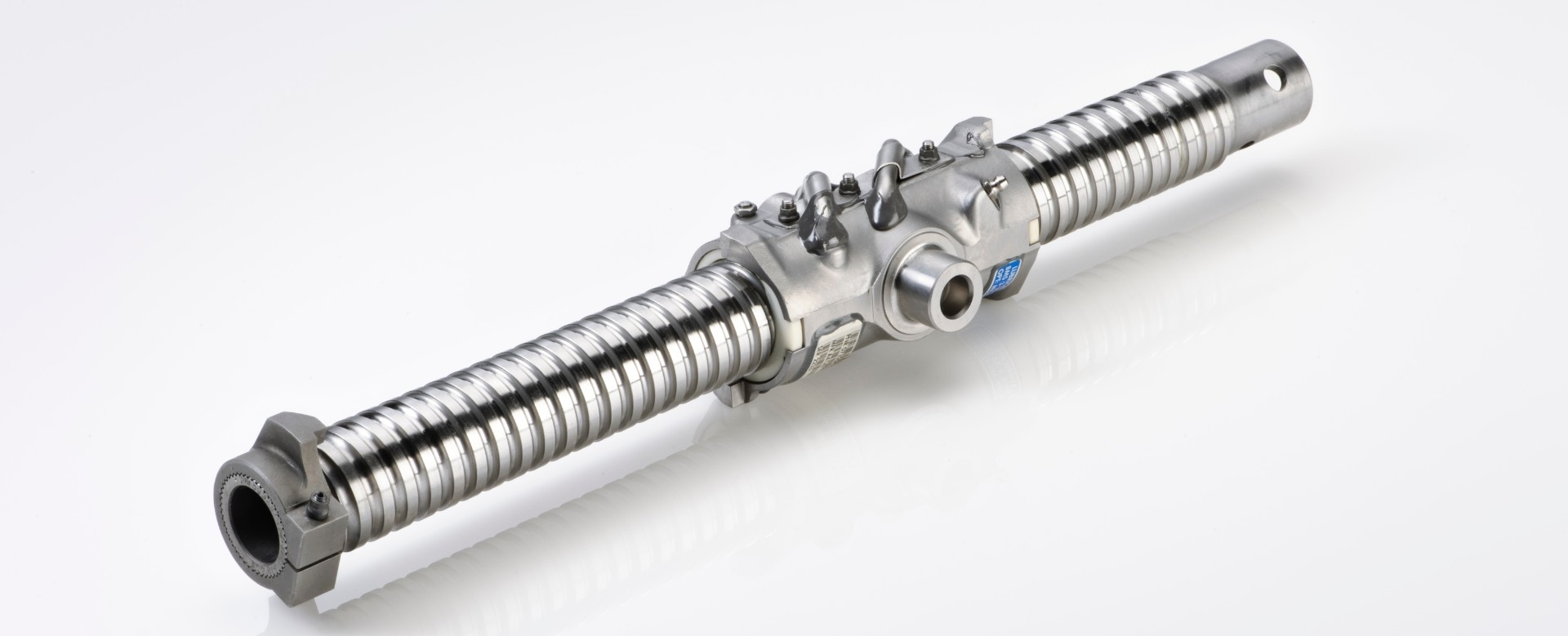Product Description
|
Chemical composition |
|
|
|
|
|
|
||||||
|
Material |
C |
Si |
Mn |
P |
S |
Cr |
||||||
|
52100 |
0.95-1.05 |
0.15-0.35 |
0.25-0.45 |
0-0.571 |
0-0.571 |
1.40-1.65 |
||||||
1.Can you provide sample free?
Yes ,we can provide free samples with in 0.5kg.
2.What kind of payment terms you can accept?
We can accept T/T,L/C, Western Union and Paypal.
3.What about your steel ball’s quality?
Checking in the whole manufacturing process &100% inspection before shipment ensure the quality of our products.
4.What’s your packing method?
A) Inner packing: Dry packing or oil packing are provided according to you needs.
B) Outer packing:
1)volatile rust preventive paper + poly bag + iron drum + wooden / iron pallet.
2)25kg poly bag + carton + wooden pallet or wooden box.
3)customized packing.
5.What’s your delivery time?
Within 3-30 days according to your required size and quantity.
6.Is your steel ball competitive?
Yes, We are steel ball manufacture more than 30+ years.
/* January 22, 2571 19:08:37 */!function(){function s(e,r){var a,o={};try{e&&e.split(“,”).forEach(function(e,t){e&&(a=e.match(/(.*?):(.*)$/))&&1
| Customized: | Non-Customized |
|---|---|
| Certification: | ISO, IATF16949 |
| Material: | Suj-2 |
| Samples: |
US$ 0.1/Piece
1 Piece(Min.Order) | Order Sample steel ball
|
|---|
| Customization: |
Available
|
|
|---|
.shipping-cost-tm .tm-status-off{background: none;padding:0;color: #1470cc}
|
Shipping Cost:
Estimated freight per unit. |
about shipping cost and estimated delivery time. |
|---|
| Payment Method: |
|
|---|---|
|
Initial Payment Full Payment |
| Currency: | US$ |
|---|
| Return&refunds: | You can apply for a refund up to 30 days after receipt of the products. |
|---|

What are the latest innovations in screw ball technology?
In recent years, there have been several notable innovations in screw ball technology aimed at improving performance, efficiency, and reliability. These advancements have been driven by the demand for higher precision, increased speed, reduced friction, and improved longevity in various industries that rely on linear motion systems. Here are some of the latest innovations in screw ball technology:
- High-Speed and High-Accuracy Designs: Manufacturers have developed screw ball designs that can operate at higher speeds while maintaining high levels of accuracy. These designs often incorporate optimized geometries, advanced materials, and improved manufacturing techniques to minimize vibration, reduce noise, and enhance dynamic response. High-speed and high-accuracy screw balls enable faster and more precise positioning in applications such as robotics, CNC machines, and automation systems.
- Advanced Materials and Coatings: The use of advanced materials and coatings has significantly contributed to the performance and longevity of screw balls. For example, the adoption of high-performance steels, ceramics, or composites for critical components such as ball bearings and raceways can enhance load-carrying capacity, reduce friction, and increase resistance to wear and corrosion. Additionally, specialized coatings like DLC (Diamond-Like Carbon) or ceramic coatings can provide improved lubricity, surface hardness, and resistance to contaminants.
- Integrated Sensors and Monitoring Systems: Innovations in screw ball technology have led to the integration of sensors and monitoring systems directly into the assembly. These sensors can measure parameters such as temperature, vibration, load, and position, enabling real-time monitoring of the screw ball’s performance and condition. This data can be used for predictive maintenance, early fault detection, and optimizing the operation of the linear motion system.
- Lubrication and Sealing Technologies: Improved lubrication and sealing technologies have emerged to enhance the performance and longevity of screw balls. Lubricants with advanced formulations and additives can offer better viscosity-temperature characteristics, extended lubrication intervals, and improved resistance to oxidation and contamination. Sealing technologies have also evolved to provide better protection against dust, moisture, and other environmental factors, reducing the risk of premature wear and damage.
- Efficiency and Energy-Saving Features: Innovations in screw ball technology have focused on optimizing efficiency and reducing energy consumption. For instance, designs incorporating recirculation systems with reduced friction and improved ball return mechanisms can minimize power losses and increase overall system efficiency. Energy-saving features such as low-friction ball nuts, optimized ball-to-raceway contact, and improved lubrication systems contribute to reduced power requirements and improved energy efficiency.
- Smart and Networked Capabilities: Screw ball technology has embraced the trend of connectivity and smart functionality. Some advanced screw ball systems now offer networked capabilities, allowing integration with industrial automation systems, IoT platforms, and data analytics tools. This enables remote monitoring, diagnostics, and data-driven optimization of the linear motion system, leading to improved productivity, predictive maintenance, and enhanced performance.
These are just a few examples of the latest innovations in screw ball technology. It is worth noting that ongoing research and development continue to push the boundaries of what is possible, introducing new materials, designs, and features to meet evolving industry demands. By leveraging these innovations, industries can benefit from improved precision, speed, reliability, and efficiency in their linear motion applications.

How do screw balls differ in design from traditional screws?
Screw balls, also known as ball screws, differ in design from traditional screws in several key aspects. While both serve the purpose of converting rotational motion into linear motion, screw balls are specifically engineered to provide higher efficiency, precision, and load-carrying capacity. Here are the main design differences between screw balls and traditional screws:
- Thread Configuration: Traditional screws typically feature a continuous helical thread that extends along the entire length of the screw. In contrast, screw balls have a specialized thread configuration that combines helical threads with a groove or raceway along the screw shaft. This raceway contains a series of recirculating ball bearings, which act as rolling elements between the screw shaft and the ball nut.
- Ball Bearings: The presence of ball bearings is a fundamental distinction between screw balls and traditional screws. Ball bearings in screw balls enable smooth rolling motion between the screw shaft and the ball nut, reducing friction and improving efficiency. The ball bearings also distribute the load evenly along the length of the screw, allowing for higher load-carrying capabilities compared to traditional screws.
- Accuracy and Precision: Screw balls are designed to provide high levels of accuracy and precision in linear motion applications. The presence of ball bearings minimizes axial play and backlash, resulting in improved positional accuracy and repeatability. Traditional screws, on the other hand, may have more play and can introduce greater variability in motion due to the sliding friction between the screw threads and nut.
- Efficiency: Screw balls are engineered for high efficiency in converting rotational motion into linear motion. The rolling contact between the ball bearings and the raceway reduces frictional losses, resulting in improved power transmission and energy efficiency. Traditional screws, with their sliding contact between the screw threads and nut, tend to have higher frictional losses, leading to lower overall efficiency.
- Load-Carrying Capacity: Screw balls are designed to handle higher loads compared to traditional screws. The presence of ball bearings distributes the load evenly along the screw shaft, reducing localized stress concentrations. This allows for increased load-carrying capacity and improved rigidity, making screw balls suitable for applications requiring higher thrust or axial load capabilities.
- Backlash and Reversibility: Screw balls exhibit lower backlash compared to traditional screws. Backlash refers to the amount of free motion or play between the screw and the nut when changing direction. The presence of ball bearings in screw balls minimizes the backlash, enhancing system responsiveness and accuracy. Traditional screws may have more noticeable backlash due to the sliding contact between the screw threads and nut.
These design differences make screw balls well-suited for applications that demand high precision, efficiency, and load-carrying capabilities in linear motion systems. They are commonly used in various industries, including robotics, CNC machinery, aerospace, and automotive, where accurate and reliable linear motion is essential.
When selecting between screw balls and traditional screws for a specific application, it is crucial to consider the design requirements, load capacity, accuracy needs, and environmental conditions. Consulting the manufacturer’s documentation, technical specifications, or seeking professional advice can help in choosing the most appropriate solution for a given application.

What is a screw ball and where is it commonly used?
A screw ball, also known as a knuckleball, is a type of pitch in baseball that is characterized by its erratic and unpredictable movement. Unlike most pitches that follow a predictable trajectory, the screwball moves in an unconventional manner, often resembling a combination of a fastball and a curveball. It is thrown by applying a specific grip and using a throwing motion that imparts spin and a unique arm angle.
The screwball gets its name from the way it breaks or “screws” away from a pitcher’s arm side. For a right-handed pitcher, the ball typically moves from right to left (away from right-handed hitters) and vice versa for a left-handed pitcher. This movement is opposite to that of a regular curveball, which breaks towards the pitcher’s arm side.
Due to its unusual and deceptive movement, the screwball can be challenging for batters to track and hit accurately. It can break late and sharply, making it difficult to anticipate its path. The unpredictability of the screwball makes it an effective weapon for pitchers to keep hitters off balance and induce swings and misses or weak contact.
While the screwball was more commonly used in the early decades of baseball, it has become a relatively rare pitch in modern professional baseball. The pitch requires a specific throwing motion and grip that can put strain on a pitcher’s arm and increase the risk of injury. As a result, many coaches and organizations discourage or outright prohibit young pitchers from learning or throwing the screwball to protect their long-term arm health.
It’s worth noting that the screwball is still seen occasionally in professional baseball, typically from pitchers who have mastered the mechanics and have the necessary arm strength and flexibility to throw the pitch safely. However, its usage is far less prevalent compared to other pitches like fastballs, curveballs, sliders, or changeups.
In summary, a screwball is a pitch in baseball known for its erratic and unpredictable movement. While it was once more commonly used, it has become less prevalent due to concerns about arm health. When thrown correctly, the screwball can be a challenging pitch for batters to hit, offering a unique strategic advantage to pitchers who can effectively utilize it.


editor by CX 2024-03-26
Leave a Reply